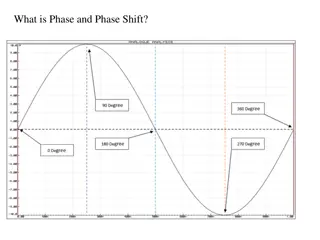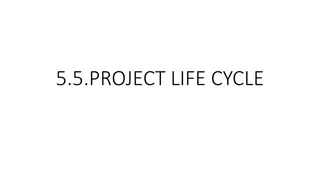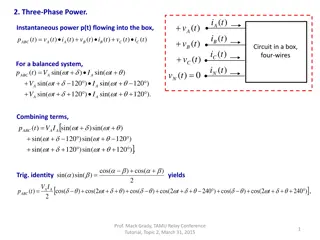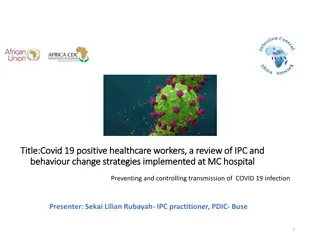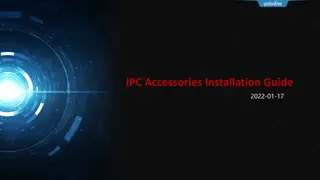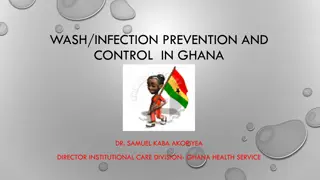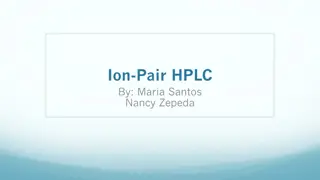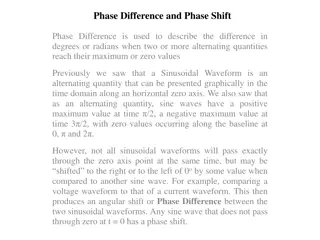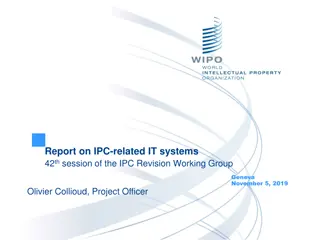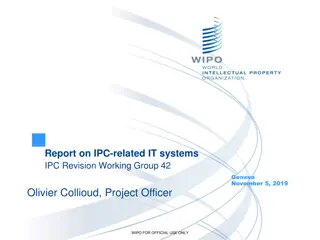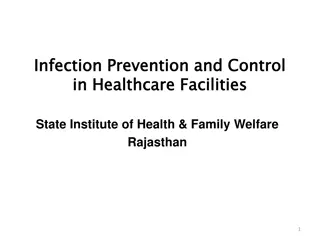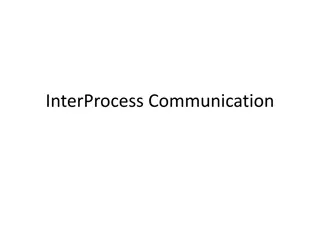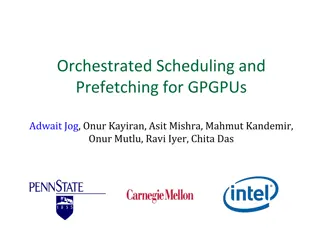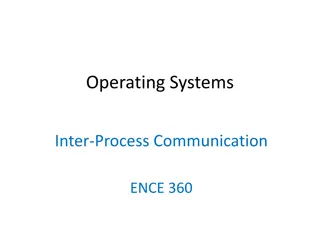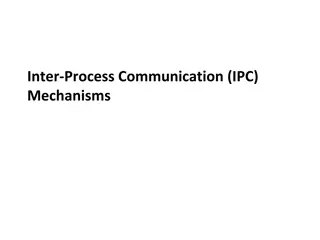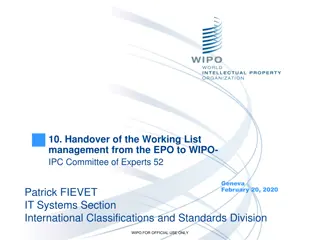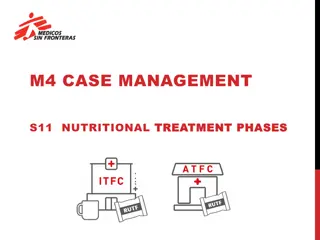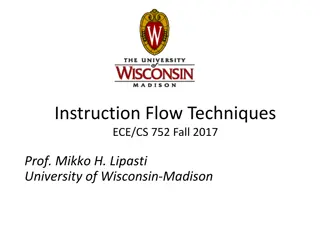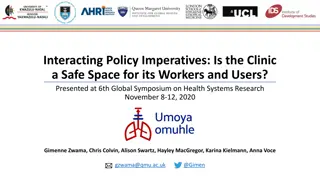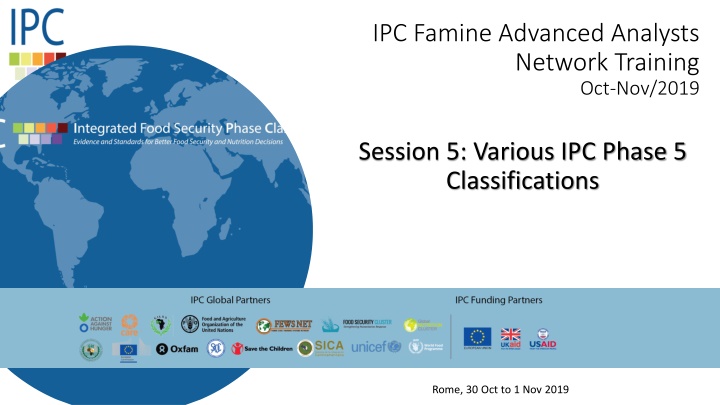
Famine Classification and Analysis for IPC Experts
Explore advanced techniques in IPC Famine classification, projections, and evidence criteria. Learn about different classifications and guidance for areas with limited access. Gain insights into past experiences in Nigeria and South Sudan.
Download Presentation

Please find below an Image/Link to download the presentation.
The content on the website is provided AS IS for your information and personal use only. It may not be sold, licensed, or shared on other websites without obtaining consent from the author. If you encounter any issues during the download, it is possible that the publisher has removed the file from their server.
You are allowed to download the files provided on this website for personal or commercial use, subject to the condition that they are used lawfully. All files are the property of their respective owners.
The content on the website is provided AS IS for your information and personal use only. It may not be sold, licensed, or shared on other websites without obtaining consent from the author.
E N D
Presentation Transcript
IPC Famine Advanced Analysts Network Training Oct-Nov/2019 Session 5: Various IPC Phase 5 Classifications Rome, 30 Oct to 1 Nov 2019
Content of the presentation IPC Famine classification IPC Famine Likely classification Famine classifications in areas with no or limited access
IPC Famine Classification Has remained unchanged for several years Evidence Level Criteria Famine Current Projected 1. The three outcomes with R2 direct evidence 1. IPC Current adhering to Evidence Level of Famine + 2. Evidence used for current classification at most 12 months old at the end of projection period + 3. Four pieces of R1 evidence presented with clear assumptions on forecasted trends + 2. Four other pieces of R1 (+ or -) evidence, with at least two of those from the season of analysis If direct evidence is available for mortality and acute malnutrition, inference can be used for food consumption and livelihood change if at least four pieces of R1 direct or indirect evidence on outcomes and/or contributing factors are available.
IPC Famine Likely Classification Evidence level Criteria Famine Likely Current Projected 1. At least two outcomes with R1 (+ or -) direct or indirect evidence + 2. Four other pieces of R1 (+ or -) evidence, with at least two of those from the season of analysis 1. IPC Current adhering to Evidence Level of Famine Likely + 2. Evidence used for current classification at most 12 months old at the end of projection period + 3. Four pieces of R1 (+ or -) evidence presented with clear assumptions on forecasted trends Same principle of inference of food consumption and livelihood change applies. Use of at least two methods of inference together (calibration, extrapolation and causal pathways) with available evidence constitutes one piece of indirect evidence.
Famine in areas with no or limited access Past experiences (Nigeria, South Sudan) showed the need for guidance Separate guidance for data collection in areas with no or limited access Direct R0 evidence on outcomes = 3 clusters per analysis area Current Documented Analysis with the following minimum evidence: Classification Projection 1) The three outcomes each with one piece of direct R0 evidence Famine 1) IPC Current adhering to evidence level with limited humanitarian access + + 2) Evidence used for current classification at most 12 months old at the end of the projection period 2) Two other pieces of R1 evidence on contributing factors or outcome elements + 3) Four pieces of R1 evidence presented with clear assumptions on forecasted trends

